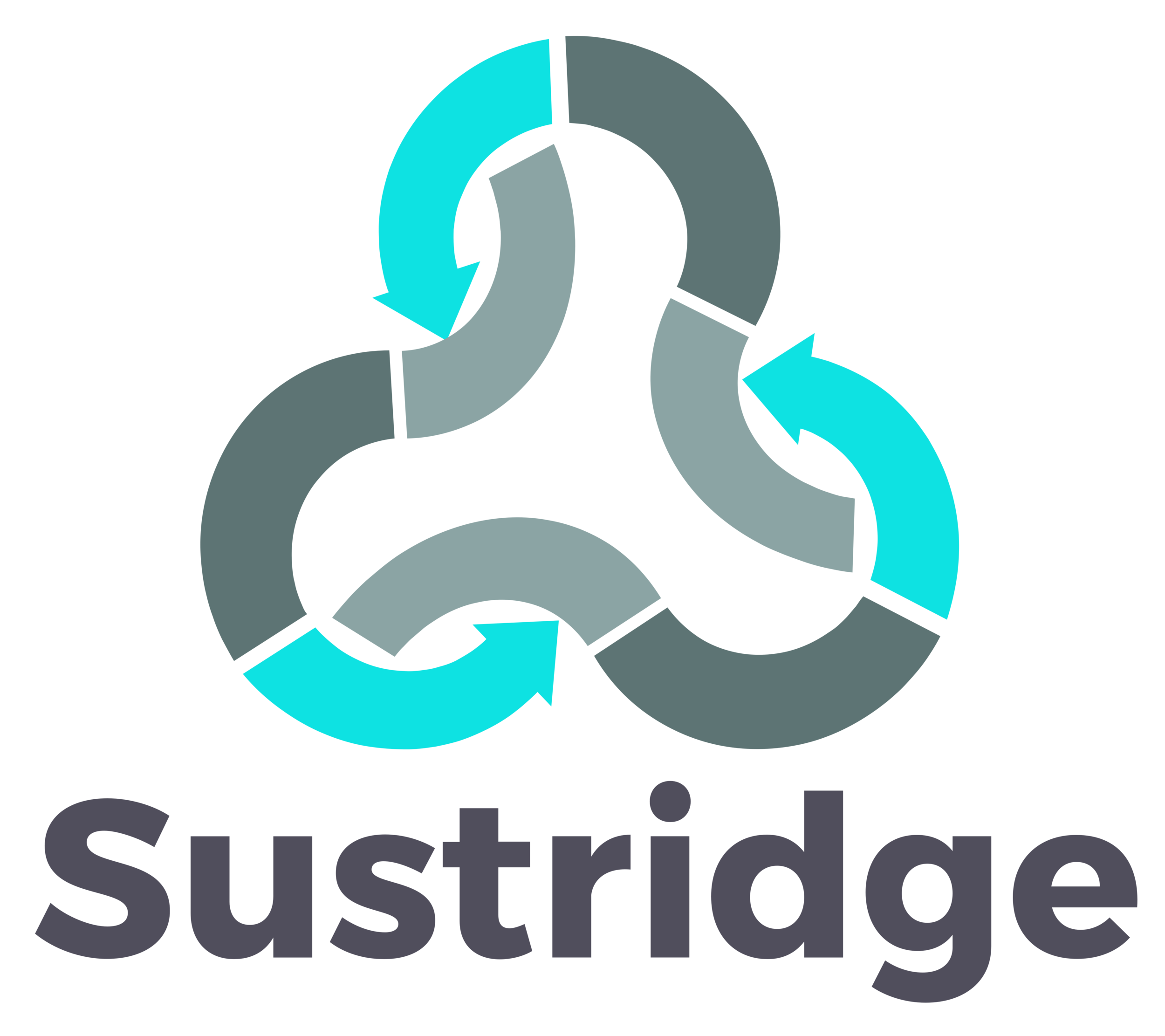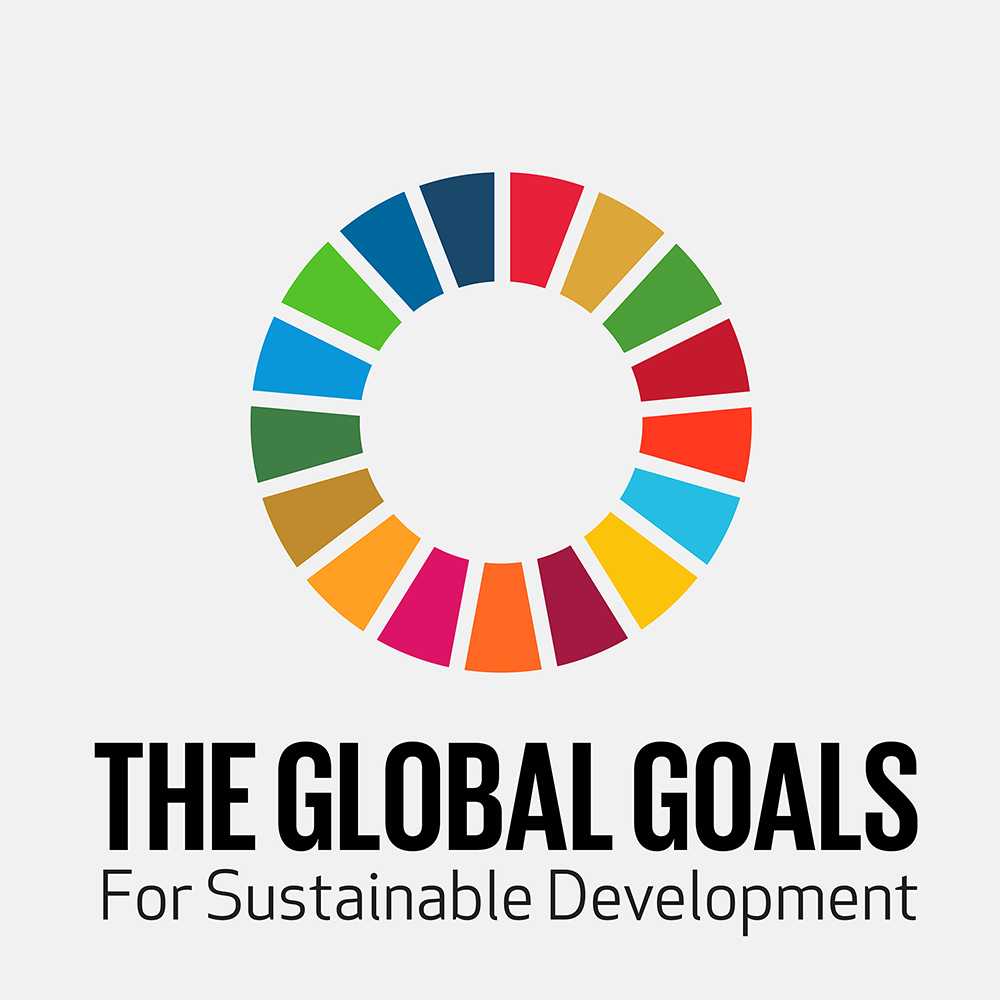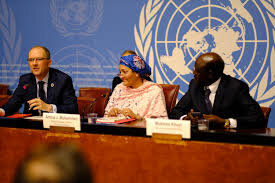UN Sustainable Development Goals: A Blueprint for a Better Future
The UN Sustainable Development Goals: Transforming Business as Usual into The Business of Making a Better World
What are the SDGs?
Today, the UN Sustainable Development Goals (SDGs) are a keystone of the United Nations’ 2030 Agenda for Sustainable Development. Adopted by 193 member countries of the United Nations in 2015, Agenda 2030 is a 15-year plan to advance sustainable development in all countries throughout the world. Central to Agenda 2030 are 17 SDGs to be achieved by 2030, with each Goal addressing different social, environmental, and economic aspects of sustainability. From ending poverty and improving the quality of education, to advancing clean energy and taking climate action, the SDGs are the most comprehensive and ambitious set of sustainability targets that have been internationally agreed upon to date. While Agenda 2030 is an agreement between UN member governments to take responsibility for achieving the 17 SDGs, the ambitious vision the goals set for sustainable development over the next 10 years will depend on unprecedented leadership from the private sector.
At their core, the SDGs involve an agenda for the next 10 years that is both ambitiously far-reaching yet readily adopted by diverse stakeholders. As the Earth Negotiations Bulletin succinctly put it in 2014 when planning for the SDGs began:
“The new development goals must be tweetable. They must be understood by ministers, mothers, capitals, youth, local governments, and citizens around the world. School age children should be able to recite them. At the same time, the SDGs could be a tool for launching a truly major transformation – globally.”
Delving deeper, the SDGs advance progress towards sustainability based on three primary areas of sustainable development: First, the social dimension of sustainability focuses on enhancing human well-being. Second, the environmental dimension of sustainability prioritizes the preservation of natural resources. And third, the economic dimension of sustainability aims to improve people’s access to and conditions of sustainable livelihoods. Taken together, these constitute the three pillars upon which the 17 sustainable development goals are based.
In September 2019, the UN Secretary-General, António Guterres, called on governments, civil society and in particular the private sector to embark on a Decade of Action. 2020 is a watershed year, he said, a year in which we must usher in a decade of ambitious sustainability action to deliver the SDGs by 2030. In this Decade of Action, business leaders are being called upon to accelerate sustainable solutions to all the world’s biggest challenges, from poverty and climate change, to racial and economic inequality.
What does this mean for sustainability in business? The challenge the SDGs pose for the global business community is no doubt tremendous, especially now more than ever. The COVID-19 pandemic is revealing the fragility of our current economic system, deepening existing inequalities and potentially reversing hard-earned progress on the Paris Climate Agreement. At the same time, the global climate emergency threatens our common human well-being and livelihoods. As a robust and trusted international framework for achieving a more equitable and sustainable world, the SDGs are an urgent opportunity for business leaders to step up to the challenge in this moment of global uncertainty to radically redefine what business success looks like. As the former director of the UN Global Compact, Lise Kingo, recently said,
“The 2030 Agenda for Sustainable Development will not be delivered through incremental improvements to business as usual...That’s why we need business leaders to use this moment to become social activists and rethink their role in the world and their ‘reason for being.’ Not only for the good of society, but indeed the future of their own business.”
Confronting Challenges of the SDGs
On July 26, 2000, UN Secretary-General Kofi Annan first launched the United Nations Global Compact. With this initiative, Kofi Anan sought to remind the world of the stark choice confronting us all in a time of growing social inequality, economic uncertainty and rapid ecological degradation. The active choice he called on leaders to make is one between a world in which more than a quarter of the world’s population squalors in abject poverty, starvation and polluted communities, or instead, in which we recognize the basic human dignity for all people to thrive in a healthy environment. This is an active choice between a world-market driven by short-termism based on ecologically indifferent calculation, or instead, one which plants the seeds of future well-being for both humans and nature. This is an active choice between fueling a selfish free-for-all where only the winners prosper and everyone else is left behind, or instead, a world in which those in positions of success recognize their responsibilities to lead us to a more equitable and sustainable world where no one is left behind. With his launching of the UN Global Compact, Kofi Anan warned us that if we fail to make the latter economic choice among these potential futures, we will inevitably invite a future of growing interwoven crises of all kinds, from species extinction and climate change, to political upheaval and protectionism.
With this call to action, what started off as 44 private sector organizations participating in the UN Global Compact has grown into a diverse collaboration of over 11,000 companies and and 3,400 non-businesses. With its growing momentum, the Compact initiated a strong precedent for support from international business leaders.
Today, the new UN Sustainable Development Goals present us with an even more ambitious vision for business to usher in a sustainable future, including hundreds sustainability targets and indicators business leaders are being called upon to integrate into their organizational activities and strategies. Some business leaders, however, have pointed out that while it’s easy to sign on to the SDGs, actually integrating them into one’s organization is the real challenge. As Peter Bakker, CEO of the World Business Council for Sustainable Development puts it:
“As beautiful as these goals are, as much as we all support what they stand for, 17 goals and 169 targets are too much for any businessperson to deal with...How are we going to make the transformation beyond business as usual happen?”
One way we will make this transformation, says Lise Kingo, is to recognize the potential for the SDGs to provide a guiding framework for organizations to build long-term sustainable investment: “It’s great for businesses to know what the priorities are…And, with the new goals, we’ve also got a new platform for innovation and growth.”
Engaging Business in the SDGs
With this new call to sustainability, a growing number of businesses are recognizing the SDGs as an important opportunity to integrate transformative changes into their activities, operations and strategies. For business leaders, this means identifying specific SDGs where their organizations are already contributing to sustainable development goals, as well as envisioning new areas where their business can contribute. The ambitious scope of the SDGs means businesses will need to organize for sustainability at all levels, not only top down, but engage in bottom up processes. This might involve dialogue with governments and experts to integrate cutting-edge research on SDG indicators to accurately measure an organization’s progress toward sustainability. In addition, opportunities to implement the SDGs will also emerge in collaboration with non-profits. Perhaps more so, as Harvard Business School Professors Michael Porter and Mark Kramer argue, a strong sign that business is creating a more sustainable future is when we see “the blurring of the boundary between successful for-profits and nonprofits.”
In sum, businesses are at a crossroads, where now more than ever conventional notions of corporate success will need to be challenged. Central to this challenge is the call to move beyond ‘short-termism’ says Michael Meehan, CEO of the Global Reporting Initiative.
The SDGs, Meehan says, are “really about building trust not only in companies, but also in your markets, in your sectors and in the economy as a whole...It’s about adapting strategies and business models to rise above the fray of short-termism.”
If we are to achieve the stated targets of 17 SDGs in this Decade of Action, much depends on the leadership and shared vision of the private sector. This is in no small part due to the sheer scale of resources that business can mobilize to address the SDGs. In the United States, spending in the private sector is 20 times more than the non-profit sector, and 7 times more than government spending. Unfortunately, without a collective engagement by global businesses to integrate the SDGs into their organizations, the scale of resources needed to advance the Goals will fall far short of what is needed.
It’s clear that the support of the private sector is essential, but the question remains: how can businesses mobilize the SDGs in their organisation’s activities, operations and strategies, and in a way that enables them to be at once successful and effective on the SDGs?
The Business of Making a Better World
In their joint article in Harvard Business Review entitled “Business as Usual Will Not Save the Planet,” Michael Kramer, Rishi Agarwal, and Aditi Srinivas argue that “the commercial opportunities for business solutions to the SDGs are real and extensive.” However, we are also seeing “the loss of an immense opportunity to engage the private sector in a meaningful way that would help reach these urgent goals.” In summing up the range of opportunities the SDGs present to companies seeking to integrate them into their corporate strategy, the authors point to several things business leaders can implement right now to take “the necessary steps to reverse course and deliver urgently needed progress.”
First, be selective.
The SDGs comprise 17 goals, 169 targets, and 232 indicators. The sheer number of goals and sub-goals may seem overwhelming at first, but need not be. While some companies claim to be addressing all 17 goals, in reality, seriously addressing any of the goals requires a far more focused approach. According to the authors’ survey, large companies in the US, on average, pursue around nine goals. But an even more focused approach, especially when companies first begin selecting the goals best suited to their core identity, is crucial. Begin by focusing on one to three goals central to your business success. Then drill down on the particular targets specified for the goal(s) you selected. Focusing on these targets offers you a far more concrete and specific set of sub-goals to define your business commitments to the SDGs.
Second, commit to measurable, near-term targets.
Companies should publicly commit to measurable targets to clarify their progress on selected SDGs. Companies should define the positive social, economic and/or environmental impact they expect their selected goals and sub-goals to achieve, and report publicly on their progress towards these goals. Just as with any major business initiative, this involves reporting annually on how your organization is translating progress towards the selected goals into three to five-year targets. These frequent reports, in turn, enable the global business community to take the temperature of how well companies are advancing the SDGs, as well as identify new business opportunities to advance those SDGs where progress is lagging.
Third, integrate SDGs into long-term corporate strategy.
If we are to sufficiently address the SDGs, companies must organize for them at the level of corporate strategy. This means that efforts to advance the SDGs must not be confined to CSR departments, but robustly integrated by CEOs into the very corporate structure of a company’s operations and strategy. Adequately achieving any of the SDGs will require a robust and tightly-coordinated corporate agenda centered on identifying the best opportunities for scaling up a company’s products and services that will have the most effective impact possible.
“The SDGs,” write Kramer, Agarwal, and Srinivas, “offer the potential to unite the most powerful organizations in the world — governments, corporations, and civil society — behind a single agenda to save humanity and the planet from suffering and devastation. Including the private sector in their development and execution can greatly magnify the odds of success.” But if this is to be achieved, companies must move beyond mere ‘lip-service’ to the SDGs, and instead redefine their core identity, values and purpose in reimagining the business of making a better world. If this is to be the Decade of Action, we will need to see business leaders step up to the sustainability challenge at a scale never seen before. As Lise Kingo succinctly puts it:
“By deeply integrating “people, planet and prosperity for all” across corporate purpose and values, governance and strategy, business plans and performance management, business leaders can lead the way in the Decade of Action, making a step-change towards SDG ambition.”
Written by Gavin Lamb, Ph.D.


